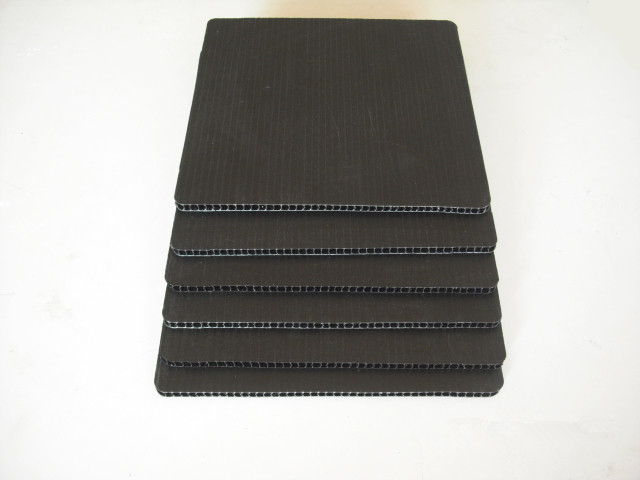Experimental results and discussion
1. The effect of dry baking on the properties of inks and pigments
1) Discoloration of ink after dry baking
1 Evaluation Standard
The heat resistance of inks and pigments is evaluated in five grades: Grade 5, the same as the standard color sample: Grade 4 with slight discoloration, Grade 3 with lighter discoloration, Grade 2 with heavy discoloration, Grade 1, with severe discoloration.
2 experimental methods and results
Three pieces of the film sample and the pigment are placed in a constant temperature oven at the same time to be baked at a predetermined time, and then two pieces of the sample are taken out. After cooling, no stickiness is caused by touching with the hand, and the sample can be compared with the standard sample. Table 1 lists the discoloration of inks and pigments after dry baking under different conditions.
2) Analysis of results
The heating temperature is below 135 °C, the temperature has little effect on the discoloration of the film ink, and the discoloration of the golden light C ink is slightly more serious than the other three inks. When the heating temperature is higher than 135°C, discoloration of the ink increases. Taken together, the heat resistance of Everlasting Red 2B ink is slightly better than that of Everfix Red F4F and Lisol Red BK. Simply from the heat resistance of the pigments, the Everlasting Red F4R is better than the Lisol Red BK, and the Lisol Red BK is slightly better than the Everlast Red 2B.
2. The effect of boiled on ink performance
1) Discoloration of ink after boiling
1 Evaluation criteria and conditions
The heat-resistance evaluation standard and sampling method of the boiled experiment is the same as that of the dry baking. In the experiment, distilled water was used for boiling experiments, and the boiled temperatures were 100° C. and 120-121° C., respectively.
2 experimental results
After boiled at 100°C, the color of Everlasting Red 2B boiled hardly changed; the other 3 pigment inks fade more seriously, and the color of the water appears orange-yellow; the order of color change is Jinguanghong C/PET film> Yongguhong F4R/ PET film > Lithol Baohong BK/PET film. Table 2 shows the discoloration of the samples under different boiling conditions.
2) Analysis of results
After being boiled in distilled water at 100°C, Everlast Red 2B was the best, and other inks were slightly discolored. After boiled at 121 °C, the golden red C ink is severely discolored, so it is possible to eliminate the possibility of golden red C as a colorant resistant to cooking ink. Everlasting Red 2B's high temperature cooking performance is slightly better than the other two inks. After BOPA film cooking, there is a phenomenon of yellowing, and the discoloration of the ink on the film is worse than that of the PET film. This shows that the discoloration of the substrate can also affect the hiding effect of the colorant.
After boiling and dry baking experiments, the possibility of using golden red C pigment as a colorant for plastics resistant to cooking ink has been substantially eliminated. Therefore, in the following ink performance testing experiments, the relevant properties of the Golden Red C ink are no longer tested.
Table 1 Discoloration of inks and pigments after dry drying under different conditions
Boil conditions 100°C 121°C 121°C 135°C 135°C
Experimental materials 40min 15min 30min 15min 30min
Jin Guanghong C/PET Film 5 4 4 4 4
Everlasting Red F4R/PET Film 5 5 5 5 4
Lisol Red BK/PET Film 5 5 5 4 4
Everlasting Red 2B/PET Film 5 5 5 5 5
Jin Guanghong C/BOPA film 4 4 4 4 4
Everlasting Red F4R/BOPA Film 5 5 5 5 4
Lisol Red BK/BOPA Film 5 5 5 5 4
Everlasting Red 2B/BOPA Film 5 5 5 5 4
Permanent Red F4R Pigment 5 5 5 5 4
Lisol Red BK Pigment 4 4 4 3 3
Permanent Red 2B Pigment 5 4 4 3 2

It is made of electroless glass fiber cloth dipped in epoxy resin, which is processed by hot pressing in baking and molding mould, with high mechanical properties. Dielectric performance and good mechanical processing. The heat resistance rating is class B. It can be used in electrical equipment for insulation structure, and can be used in wet environment and transformer oil.
Conductive Insulating Board,Conductive Corrugated Board,Conducting Wantong Board
Shenzhen HLC Plastic Products Co., Ltd. , http://www.hlcplastic.com